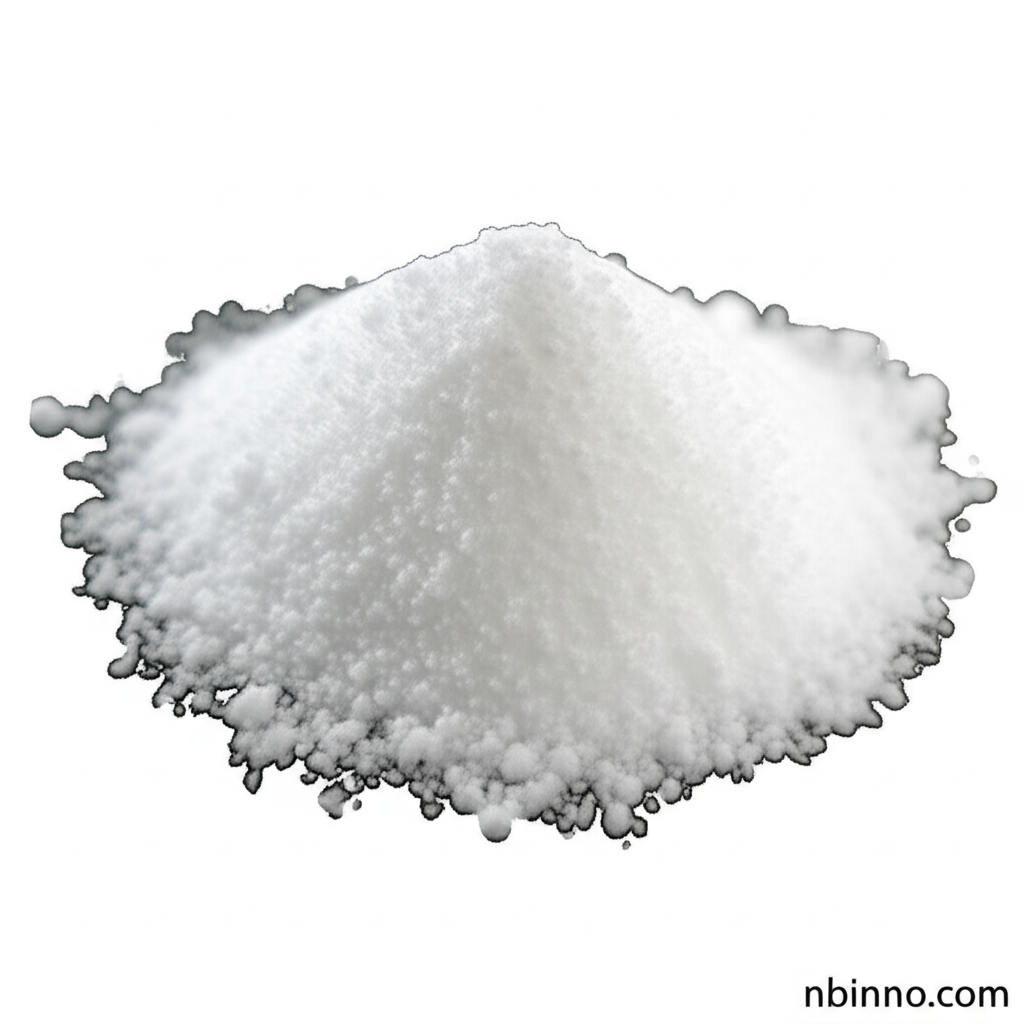N-Boc-trans-4-Hydroxy-D-proline Methyl Ester: A Versatile Building Block for Peptide Synthesis and Drug Development
Unlock advanced molecular structures with this key intermediate for pharmaceuticals and fine chemicals.
Get a Quote & SampleProduct Core Value

N-Boc-trans-4-hydroxy-D-proline methyl ester
This N-Boc-trans-4-hydroxy-D-proline methyl ester is a highly valuable chiral building block, essential for complex organic synthesis and the development of novel pharmaceuticals. Its unique stereochemistry and functional groups make it indispensable in creating bioactive peptides and modulating collagen synthesis. It plays a critical role in advanced drug development pipelines.
- Leverage this compound as a key intermediate in peptide synthesis, enabling the creation of stable and effective bioactive peptides, a crucial aspect of modern drug discovery.
- Explore its utility in drug development, particularly for conditions related to collagen, by utilizing it as a core scaffold in designing molecules that promote collagen formation or act as Antibody-Drug Conjugates (ADCs).
- Benefit from its role in synthesizing fluorinated prolines, which are vital for creating radiolabeled compounds used in Positron Emission Tomography (PET) imaging, enhancing diagnostic capabilities.
- Utilize its versatility in synthesizing peptide analogs that exhibit enhanced biological activity and stability against enzymatic degradation, offering significant advantages in therapeutic applications.
Advantages Offered by the Product
Synthesis Versatility
The compound's hydroxyl and ester groups allow for extensive derivatization, enabling the introduction of diverse functional groups through reactions like mesylation or oxidation, which is critical for exploring various N-Boc-trans-4-hydroxy-D-proline methyl ester synthesis pathways.
Stereochemical Control
Understanding and controlling stereochemistry is paramount. This intermediate allows for precise manipulation, crucial for achieving desired biological activity and enantioselectivity in drug candidates and catalysts, supporting chiral building blocks in medicinal chemistry.
Drug Development Impact
Its application in modulating collagen synthesis and as linkers in ADCs highlights its significant potential in developing treatments for a range of diseases, making it a vital component for drug development proline analogs.
Key Applications
Peptide Synthesis
A fundamental component in creating complex peptides for therapeutic and research purposes. It’s essential for advancing peptide synthesis intermediates.
Pharmaceutical Intermediates
Serves as a critical intermediate in the synthesis of various active pharmaceutical ingredients (APIs), supporting the custom organic synthesis services sector.
Biomaterials Development
Incorporated into biomaterials to enhance mechanical properties and biocompatibility, crucial for regenerative medicine and tissue engineering.
Radiochemistry
Used as a precursor for fluorinated prolines for PET imaging, contributing to advancements in medical diagnostics.
